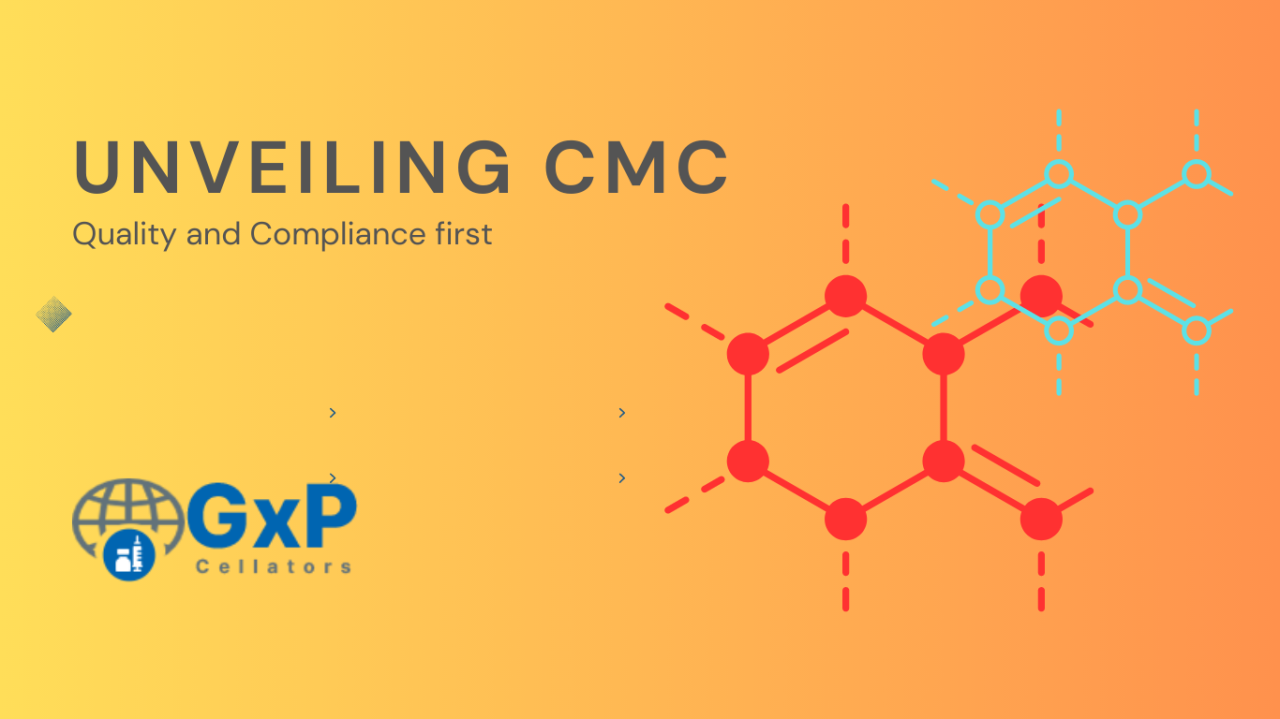Quality assurance (QA) in pharma is the process of ensuring that pharmaceutical products meet or exceed quality standards. This includes ensuring that the products are safe, effective, and of consistent quality. QA is essential for protecting patients and ensuring that companies comply with regulations.
QA in pharma covers all aspects of the product lifecycle, from development to manufacturing to distribution. It includes activities such as:
- Developing and implementing quality standards and procedures
- Auditing and inspecting manufacturing facilities and processes
- Testing products to ensure they meet quality standards
- Investigating and resolving quality issues
In today’s fast-paced and highly competitive business landscape, ensuring the quality of products and services is paramount. Quality assurance (QA) plays a pivotal role in achieving this goal.
In this article, we will delve into the world of Quality Assurance, exploring its significance, principles, and why it is crucial for businesses of all sizes.
Quality Assurance is the systematic process of ensuring that products or services meet predefined standards and customer expectations. It goes beyond mere inspection and encompasses a proactive approach to prevent defects and maintain consistency.
Also Read: Quality Regulatory Compliance: A Guide for Businesses
What is Quality Assurance?
Quality Assurance is a comprehensive approach aimed at preventing defects rather than detecting and correcting them after production. It involves defining quality standards, implementing processes to meet those standards, and continually monitoring and improving these processes.
The Historical Perspective
The roots of Quality Assurance can be traced back to ancient civilizations where craftsmen took pride in their work. However, the modern concept of QA emerged during the Industrial Revolution, with manufacturers recognizing the need for standardized processes to meet growing demand.
The Importance of Quality Assurance
Quality assurance (QA) is the process of ensuring that a product or service meets or exceeds customer expectations. QA is important in all industries, but it is especially important in industries where product or service failure can have serious consequences, such as healthcare, construction, and manufacturing.
Enhancing Customer Satisfaction
One of the primary objectives of QA is to satisfy customer expectations consistently. When products or services meet or exceed these expectations, it leads to satisfied customers who are more likely to become loyal advocates.
Boosting Brand Reputation
A strong commitment to quality can significantly enhance a brand’s reputation. Customers trust brands that consistently deliver high-quality products or services, leading to increased brand loyalty and positive word-of-mouth marketing.
Cost Reduction
While implementing QA processes may seem costly initially, it ultimately leads to cost savings. By reducing defects and waste, businesses can lower production costs and allocate resources more efficiently.
Regulatory Compliance
Many industries are subject to strict regulations and standards. QA ensures that a business complies with these requirements, avoiding legal issues and penalties.
Also Read: Technical Writing for Quality Management System (QMS)
The Principles of Quality Assurance
Image Source: sketchbubble
The principles of quality assurance are the fundamental concepts that guide the development and implementation of QA programs. These principles are essential for ensuring that products and services meet or exceed customer expectations.
The two most important principles of quality assurance are:
- Fit for purpose: The product or service should meet the needs and requirements of the customer.
- Right first time: The product or service should be produced or delivered without defects or errors.
These two principles are interrelated. In order to deliver a product or service that is fit for purpose, it is essential to produce it right first time. If a product or service is not produced right first time, it will need to be reworked or repaired, which can increase costs and delay delivery.
In addition to the principles of fit for purpose and right first time, there are a number of other important QA principles, including:
- Prevention: QA should focus on preventing errors and defects from occurring in the first place, rather than on detecting and correcting them after they have occurred.
- Continual improvement: QA should be an ongoing process of improvement. QA programs should be regularly reviewed and updated to ensure that they are effective in meeting the needs of the business and its customers.
- Customer focus: QA should be centered on the customer. QA programs should be designed to ensure that products and services meet or exceed customer expectations.
These principles can be applied to all aspects of a business, from product development and manufacturing to customer service and delivery. By implementing QA programs that are based on these principles, businesses can improve the quality of their products and services, reduce costs, and increase customer satisfaction.
Continuous Improvement
The concept of Kaizen, or continuous improvement, is central to QA. It involves constantly seeking ways to enhance processes and achieve better results.
Customer-Centric Approach
QA focuses on meeting customer needs and expectations. Customer feedback is invaluable in identifying areas for improvement.
Employee Involvement
Quality is a shared responsibility. Involving employees in the QA process fosters a culture of quality and encourages proactive problem-solving.
Process Standardization
Standardizing processes ensures consistency and reduces the likelihood of errors. QA sets the standards and ensures they are followed.
Implementing Quality Assurance
Setting Quality Standards – Defining clear quality standards is the first step in QA. These standards should be measurable and align with customer expectations.
Quality Control vs. Quality Assurance – Quality Control involves inspecting products to identify defects, while QA focuses on preventing defects in the first place.
Monitoring and Measurement – QA requires constant monitoring and measurement of processes to ensure they meet the established standards.
Corrective and Preventive Actions – When deviations from standards occur, QA involves taking corrective actions to address immediate issues and preventive actions to avoid future occurrences.
Challenges in Quality Assurance
Resistance to Change – Implementing QA can face resistance from employees accustomed to existing processes. Change management is essential to overcome this challenge.
Resource Constraints – QA may require investments in technology, training, and personnel. Limited resources can be a barrier to effective QA implementation.
Evolving Technology – Keeping up with rapidly evolving technology and industry trends is a constant challenge in QA.
Successful Case Studies
Toyota’s Lean Manufacturing
Toyota’s success is often attributed to its commitment to QA principles, including just-in-time production and continuous improvement.
Apple’s Quality Control
Apple’s stringent quality control measures have played a significant role in building its reputation for premium products.
Future Trends in Quality Assurance
The future of quality assurance (QA) is rapidly evolving, driven by technological advancements and changing business needs. Here are some of the key trends that are expected to shape the QA landscape in the coming years:
Automation and AI
Automation and artificial intelligence are revolutionizing QA by enabling more efficient and precise testing.
Data-Driven QA
Leveraging data analytics allows businesses to make informed decisions and further enhance their QA processes.
Conclusion
In a competitive world where customer satisfaction and brand reputation are paramount, Quality Assurance is not an option but a necessity. By implementing QA principles, businesses can consistently deliver high-quality products and services, reduce costs, and stay compliant with industry standards.
FAQs
What is the difference between Quality Control and Quality Assurance?
Quality Control involves inspecting products to identify defects, while Quality Assurance focuses on preventing defects through standardized processes.
Can small businesses benefit from Quality Assurance?
Yes, Quality Assurance is applicable to businesses of all sizes. It helps maintain consistency, enhance customer satisfaction, and reduce costs.
How does Quality Assurance contribute to brand reputation?
Consistently delivering high-quality products or services builds trust among customers, leading to a positive brand reputation.
Is Quality Assurance only relevant to manufacturing industries?
No, Quality Assurance is relevant to all industries, including service-based businesses. Any organization can benefit from ensuring quality.
What role does employee involvement play in Quality Assurance?
Employee involvement fosters a culture of quality and encourages proactive problem-solving, making QA more effective.































